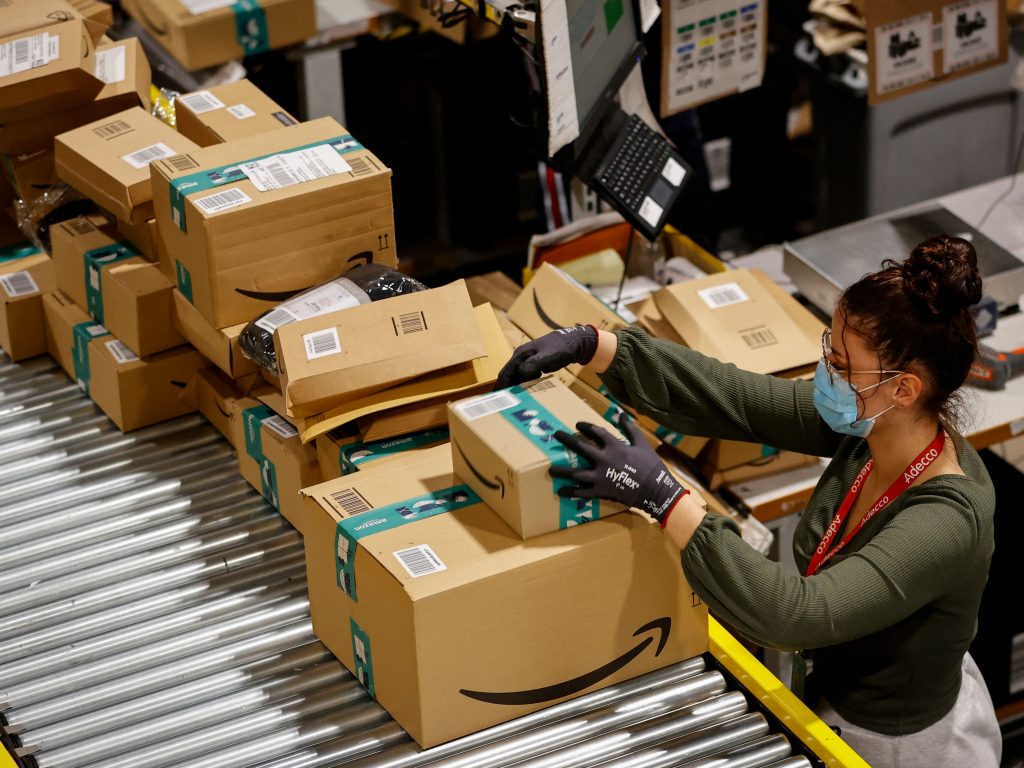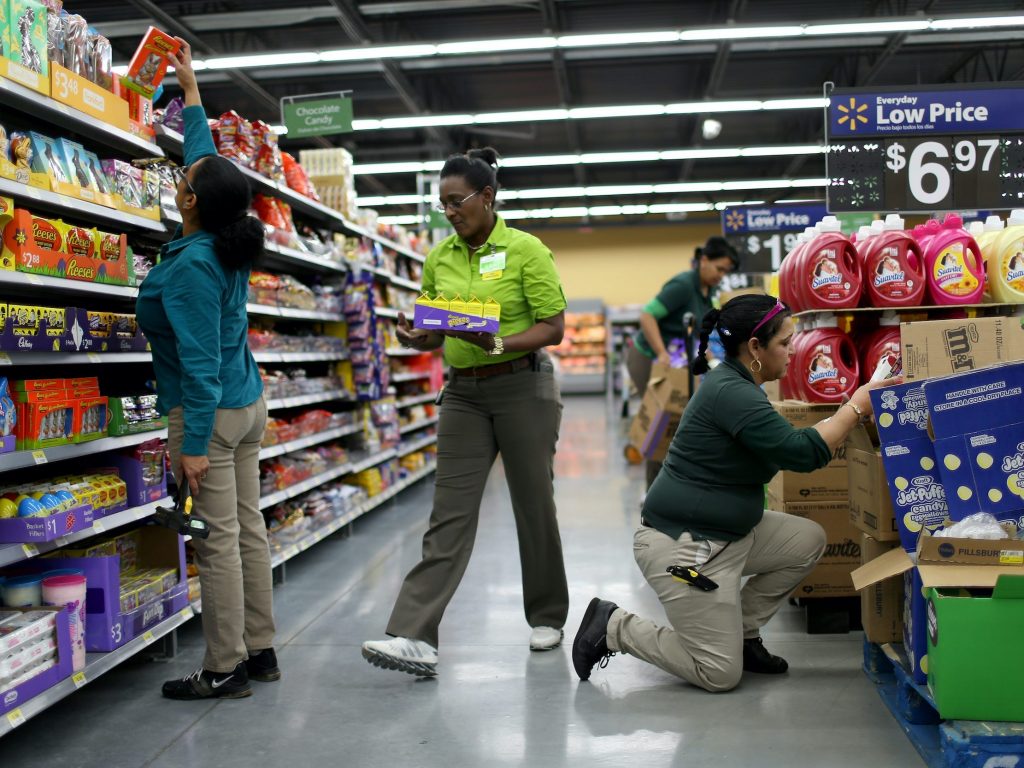- Walmart said it was overstaffed during the most recent quarter, denting profits.
- Amazon faced the same overstaffing issue in its warehouses during the first quarter.
- It's a unique problem for two of the nation's largest employers after months of a US labor shortage.
Throughout the past several months, businesses across the US shared a common problem: not enough employees.
But in the first few months of 2022, two of the nation's largest retailers experienced a new staffing problem, one that impacted their quarterly financials.
Walmart CEO Doug McMillon said during the company's quarterly earnings call Tuesday that the company experienced "weeks of overstaffing" during the first quarter of fiscal year 2023, primarily due to the pandemic.
Walmart had hired extra associates at the end of 2021 to cover for staff that was out on COVID leave, but when Omicron cases declined the first half of the quarter, employees came back to work sooner than expected.
The overstaffing issue was resolved during the quarter, primarily through attrition, McMillon said.
Still, several weeks of overstaffing at the retail giant meant several weeks of wage pressure, which ate into profits for the quarter: Walmart reported that profit declined 24.8% from last year and announced Tuesday that it would cut its profit guidance for the full year.
Of course, high wage costs weren't the only culprit in Walmart's less-than-stellar quarter — McMillon said inventory levels are elevated and container, storage, and fuels prices are up, all of which contributed to Walmart's profit miss.
Amazon couldn't hire workers quickly enough — until last quarter

But Walmart isn't the only retailer that ran into staffing challenges and elevated wage costs during the first few months of the year: Its primary US competition, Amazon, had the same issues.
"As the [Omicron] variant subsided in the second half of the quarter and employees returned from leave, we quickly transitioned from being understaffed to being overstaffed, resulting in lower productivity," Amazon Chief Financial Officer Brian Olsavsky said during the company's first-quarter earnings call late last month.
That reduced productivity added roughly $2 billion in costs for the company, Olsavsky said.
For Amazon in particular, it's a major shift from previous years. The company has added hundreds of thousands of fulfillment-center jobs since the onset of the pandemic but has shed workers faster than it could hire them. A New York Times investigation last year found that hourly workers had a turnover rate of roughly 150% each year, leading some executives to worry about running out of people to hire.
Olsavsky said during the recent earnings call that despite adding 270,000 jobs in the back half of 2021, Amazon was still "chasing labor," which was causing disruption throughout its logistics network: "long zone shipments, half-full trucks, all kinds of negative consequences of not having labor," he said.
Then 2022 hit and the issue switched from labor disruptions to labor overcapacity, an issue that he said Amazon expects will "dissipate" — though he didn't specify how.
"It will take time in Q2," Olsavsky said. "We don't get the full $2 billion back in Q2, but we will make great strides on that."

